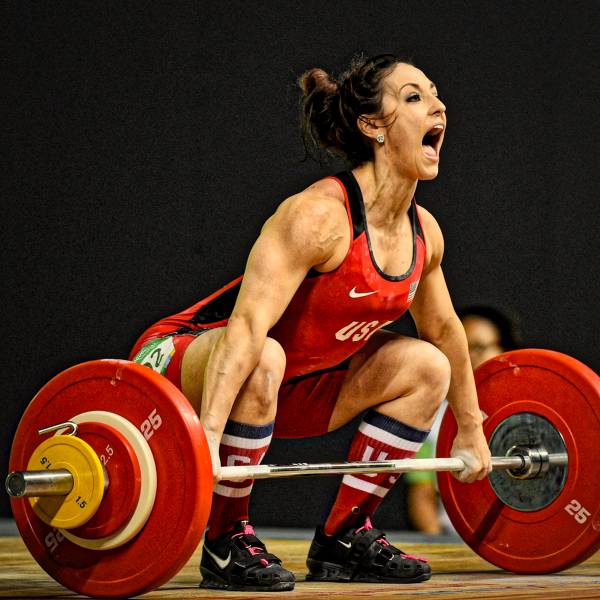Strength and speed sit at opposite ends of a spectrum that embraces different manifestations of work, different forms of “athleticism” including absolute strength, strength speed, explosive strength, and speed-strength. A broad variety of high-intensity, anaerobic activities such as sprinting, jumping, throwing or lifting that last anywhere between 30 and 90 seconds.
Strength and speed sit at opposite ends of a spectrum that embraces different manifestations of work, different forms of “athleticism” including absolute strength, strength speed, explosive strength, and speed-strength. A broad variety of high-intensity, anaerobic activities such as sprinting, jumping, throwing or lifting that last anywhere between 30 and 90 seconds.
The ability to repeat these efforts over a longer period of time without suffering any loss in terms of power and/or speed defines an athlete’s work capacity, a physical attribute that is strongly dependent on the nature of each and every different sport. By creating sport-specific conditioning sessions in such a way that allows to preserve speed in a state of fatigue – peripheral fatigue, for the most part (accumulation of H+ in the bloodstream) rather than central fatigue that will compromise the ability of generating power – it is therefore possible to improve performance on the field and/or on the court of play.
Cluster sets – a system of combining max efforts in groups of reps across smaller sets divided by short, incomplete rest periods (a system originally developed to increase volume in Olympic weightlifting training programs while preserving optimal speed bar) – can provide an excellent template to build athletic-like conditioning sessions for high school and collegiate athletes.
By increasing the number of reps performed each set at a given intensity, cluster sets can significantly increase volume while preserving a specific work to rest ratio, namely a specific metabolic impact. In order for that to happen, the number of reps performed per cluster needs to decrease to compensate for the overall increase in volume: buffering by approximately 50% the number of reps per cluster within each set at a given intensity allows to accommodate more work while maintaining the work to rest ratio based on the original study carried out by Haff and colleagues in 2003.

Load can eventually be changed in order to design different conditioning sessions aimed to target specific portion of the force-velocity curve. Cluster sets allow for a higher amount of work to be performed at any given intensity – considering the very nature of the exercises selected (snatch, clean and jerk and their derivatives) loads will oscillate between 70-90% of 1RM – while preserving speed (speed of the bar), a combination that will ultimately increase the amount of stress placed upon the anaerobic metabolism.
Total reps per cluster should range, ideally, between 1 and 3; work to rest ratio should stay within 1:2-1:3 allowing anywhere between 15 to 45 seconds of rest between clusters. This combination is capable of improving the anaerobic threshold while sustaining enough volume to target the cardiovascular system as well.
Reference:
Haff, G. G., Whitley, A., Mccoy, L. B., O’bryant, H. S., Kilgore, J. L., Haff, E. E., … & Stone, M. H. (2003). Effects of different set configurations on barbell velocity and displacement during a clean pull. The Journal of Strength & Conditioning Research, 17(1), 95-103.






